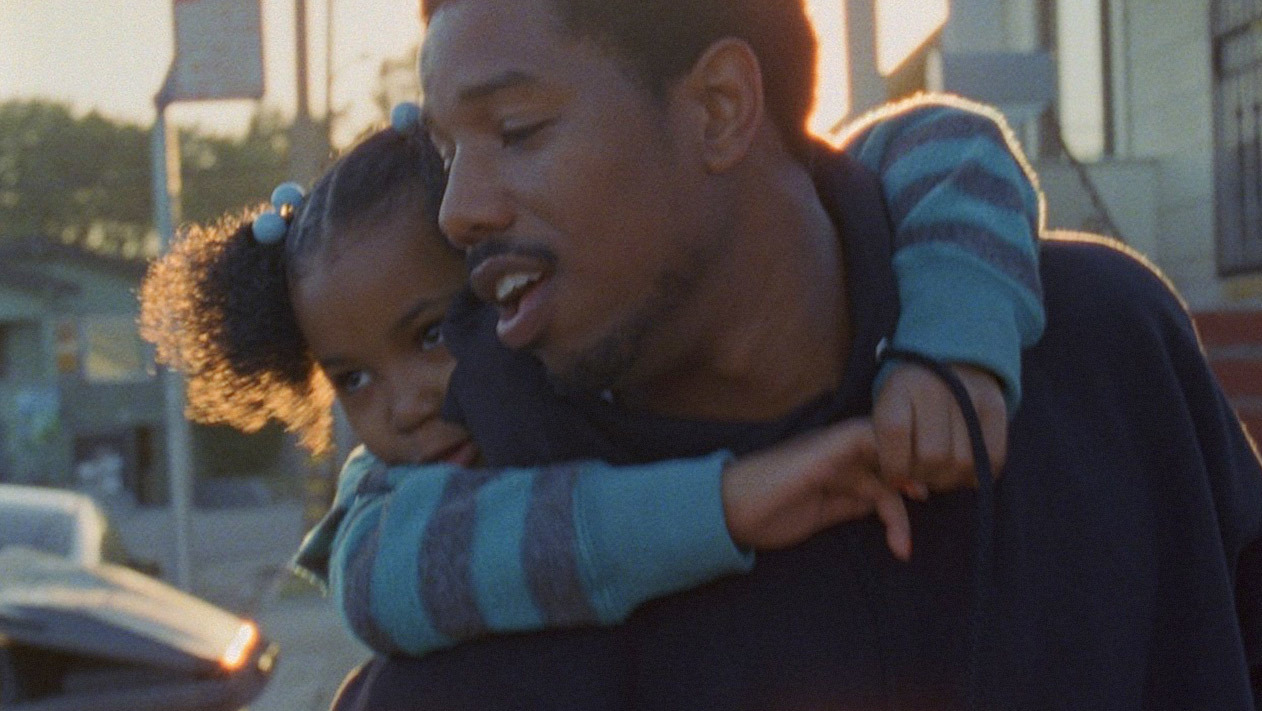Buoyed by the speed and accessibility of new media, DIY film-making has become a very viable option for a new generation of protestors and agitators. Film has the power to be a tool of resistance, to highlight events as they unfold, and to make sense of them in the editing room. Cinema can be communal and discursive, and now anyone with a film camera can capture live action events as they happen. From ‘found footage’ and guerrilla films quickly shot on iPhones and uploaded onto Youtube, to the creative use of newsreel footage and collage animation, there are plenty of tools at people’s disposal now. And 2015 is as good a year as ever. This month, king of the essay film Adam Curtis will launch his new film Bitter Lake on BBC iPlayer. Using thousands of hours of unedited BBC footage of Afghanistan, it should be as blistering and confrontational as ever.
2014 was a grim year for human rights, but it also revealed a number of practical strategies for highlighting the systemic and institutionalised racism entrenched in America’s police state. Musician Dev Hynes recently provided the soundtrack to a short film exploring the Ferguson protests in New York. The Blood Orange musician recorded a piano improvisation for a short film directed by Aaron Stewart-Ahn. Before the music kicks in, a hand-held camera closes in on an image of the NYPD logo with a sticker stuck firmly over the top of it: “Black lives matter.” The film follows protesters as they chant and make their way through New York on November 25th, moments after the St Louis County grand jury announced its decision not to indict Darren Wilson for the death of Michael Brown. Combining Hynes’ swirling piano score with the street chants of protestors (“Hands up! Don’t shoot!), the film has the disorientating quality of modern protest – hand-held phones, neon-emblazoned logos for corporate shopping centres, and throwaway cups of Starbucks. But the message is clear. In the final credits, the names of African-Americans killed by police appear in white on the screen, overlaid over footage of the protests.
NYC x Ferguson x Dev Hynes Piano Improv 11/25/2014 Protest from AS-A on Vimeo.
Radical film-maker and animator Kelly Gallagher’s new collage animation Pen Up The Pigs explores the links between slavery, modern-day racism and mass incarceration. Her films, which include Pearl Pistols and The Herstory of the Female Film-maker, explore radical left wing histories using everyday objects and materials such as glitter, newspaper and cut-out images from magazines. In Pen Up The Pigs, thinkers including Assata Shakur and Angela Davis appear as talking heads alongside provocatively ‘cut’ animated chromatic collages of cats, pigs… and policemen beating people to the ground. Histories are re-presented using the juxtaposition of image and word in shocking and unlikely ways. As she observes, “the strength of left revolutionary thought and action found in every frame embeds in the viewer visual understandings of the imperative militant resistance required to combat white supremacy and racism.” In a recent interview in The Guardian, Angela Davis observed that: “the massive over-incarceration of people of colour in general in the US leads to lack of access to democratic practices and liberties. Because prisoners are not able to vote, former prisoners in so many states are not able to vote, people are barred from jobs if they have a history of prison.” Gallagher’s colourful imagery belies a bleak but rousing message – the cycle will endlessly run on, until we break it.
Angela Davis also features in Göran Hugo Olsson’s Concerning Violence, which came out last year in the UK. The film deals explicitly with the work of the influential Martinican author and psychiatrist Frantz Fanon. Focusing on the opening chapter of Fanon’s classic text The Wretched of the Earth, its message—that colonisation has been and remains a pure form of violence and suppression, still rings true, when the social and economic aftershocks of colonisation are still felt. Olsson used ‘found footage’ from Swedish television to open a window onto a fervent time in history. The material is structured into nine chapters (the film’s subtitle is “Nine Scenes from the Anti-Imperialistic Self-Defense”), each focusing on a specific geographically located form of struggle. Certain passages from the text are narrated over the images by the singer and activist Lauryn Hill, whose powerful narration has already complemented his earlier film Black Power Mixtape 1967-1975 (2011).
Ryan Coogler’s independent feature Fruitvale Station poignantly opened with documentary footage of the death of Oscar Grant III, recorded using a phone camera. The film was a reconstruction of the final day in the life of Oscar, a 22-year-old African-American shot by police in the early hours of New Year’s Day in 2009 in California. After becoming involved in a dispute on the train, Grant and his friends were restrained at a station on New Years Eve by a group of police, one of whom held Grant face down, with his hands behind his back. Grant was shot in the back by a white officer and died in hospital several hours later. Apparently, the officer mistook his gun for his Taser.
Phone cameras may not be the new 8mm, but they are an accessible ways of capturing the moment as it occurs. Karim El Hakim and Omar Shargawi’s ½ Revolution was a documentary account of two filmmakers’ experiences on the streets of Cairo during the days of the 2011 Egyptian revolution. Shot almost entirely on hand-held phone cameras, the immediacy of the unfolding moment is terrifying. As protest events unfold around the world, live stream channels such as OccupyStreams show us the action in real time: a 24hr, live-streamed movie of the revolution. It might well not be televised, but it will be downloaded, and screened across the world in minutes. 2015: what have you got?
